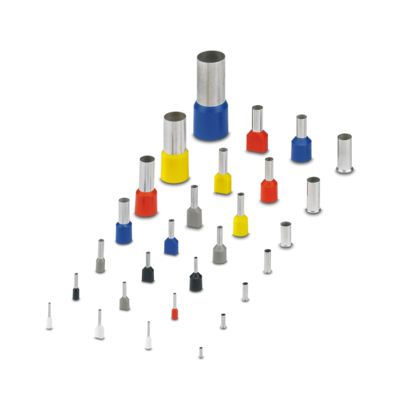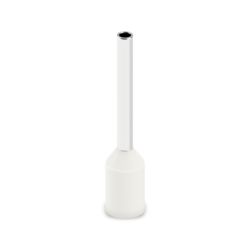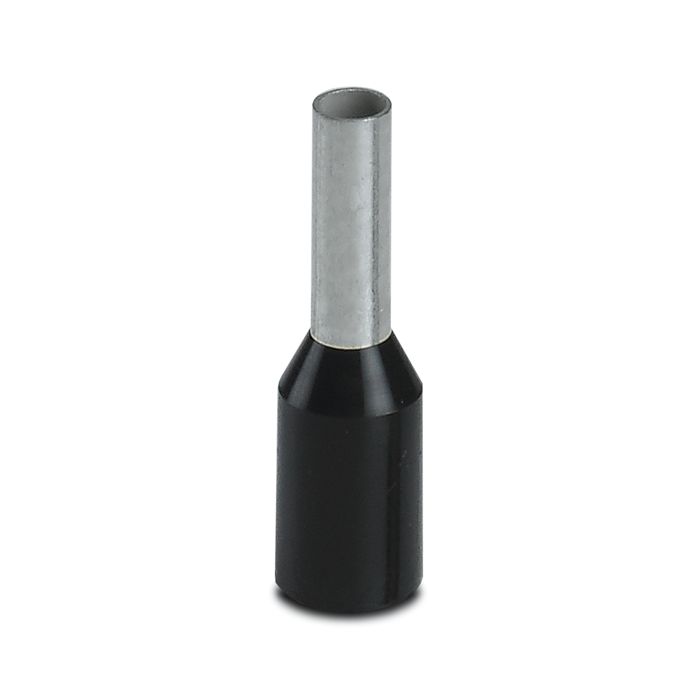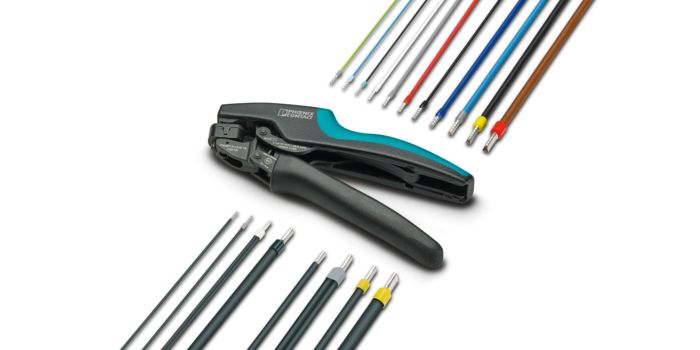
The non-insulated sleeves are primarily used in confined environments. They protect the conductor and facilitate further processing.
- In accordance with DIN 46228-1 and UL 486F-A
- Available in several length variants
- Conductor cross-sections from 0.14 to 120 mm²
























